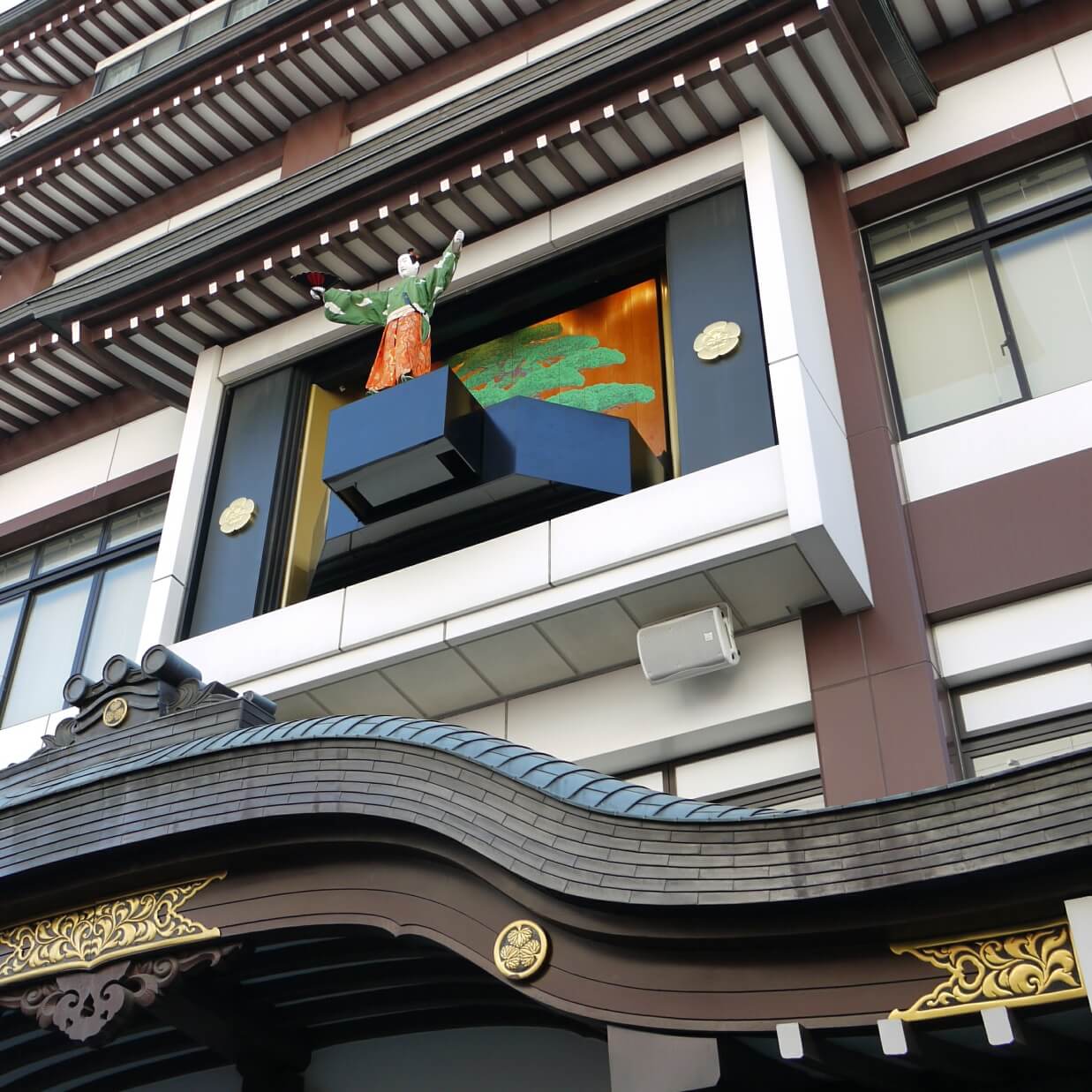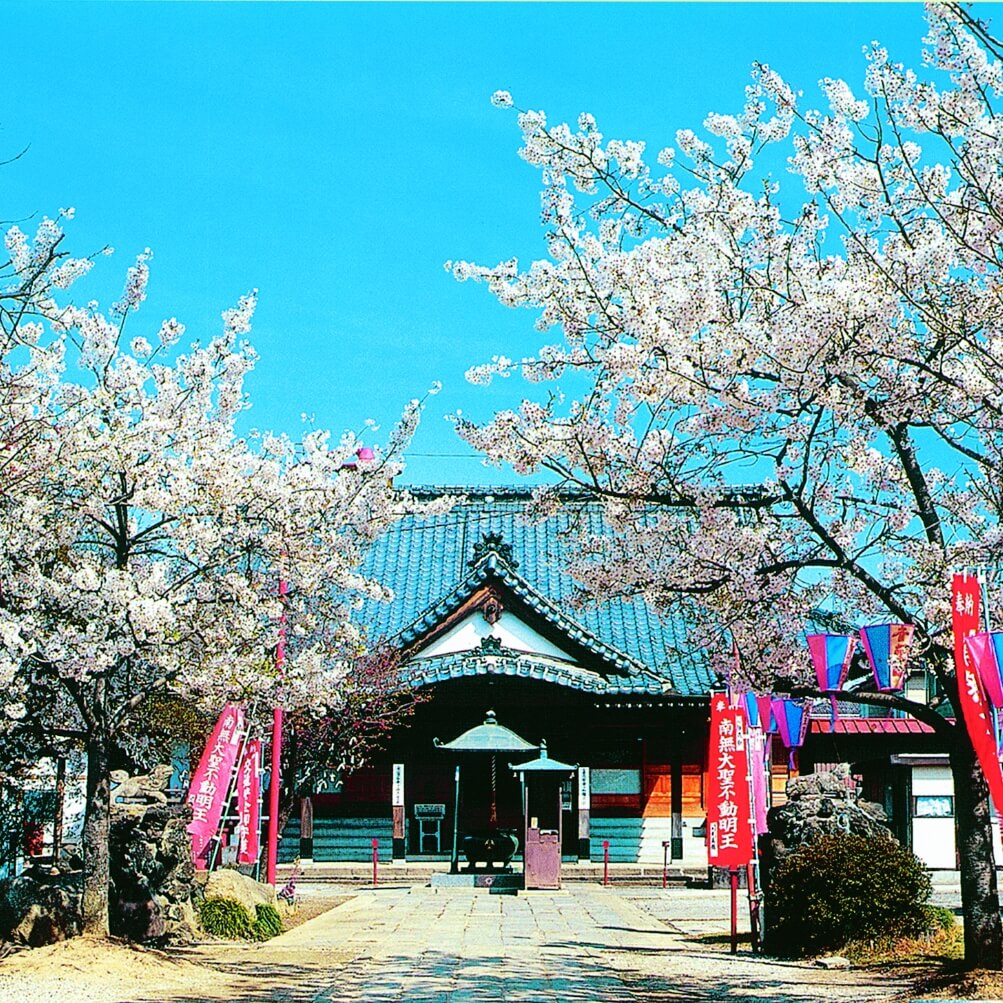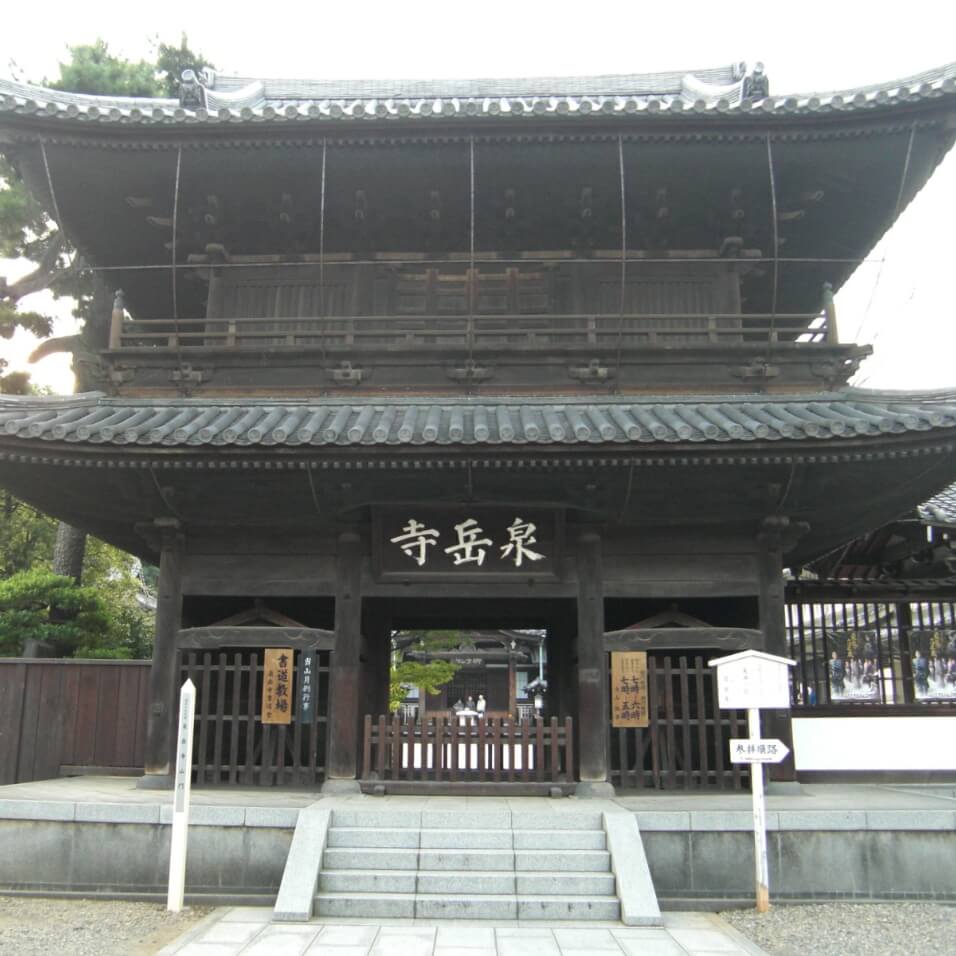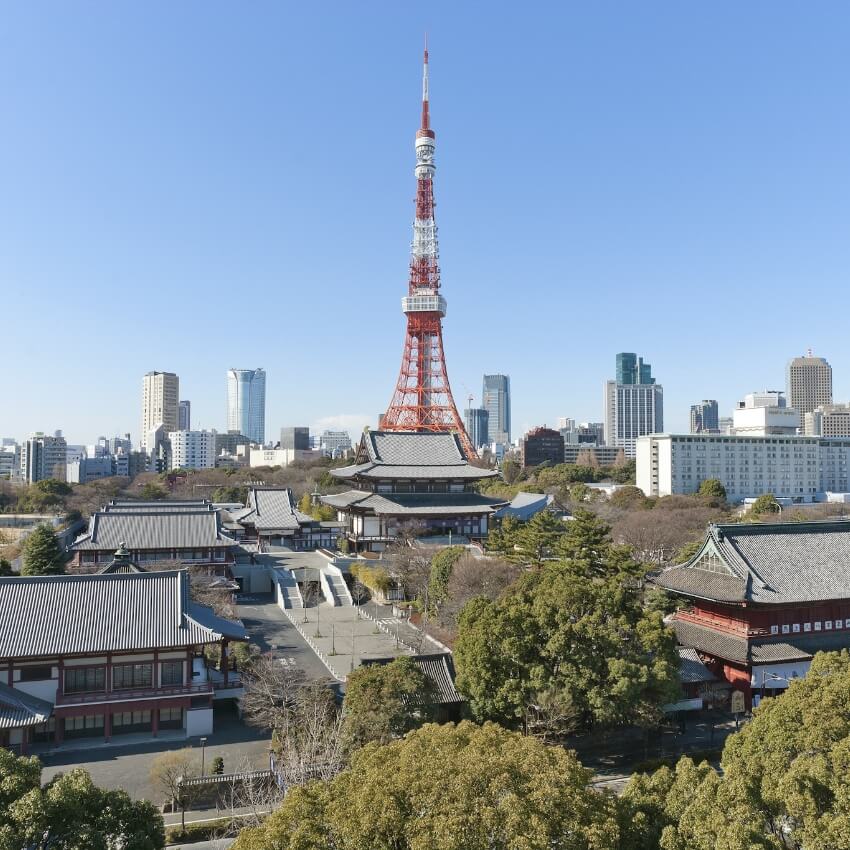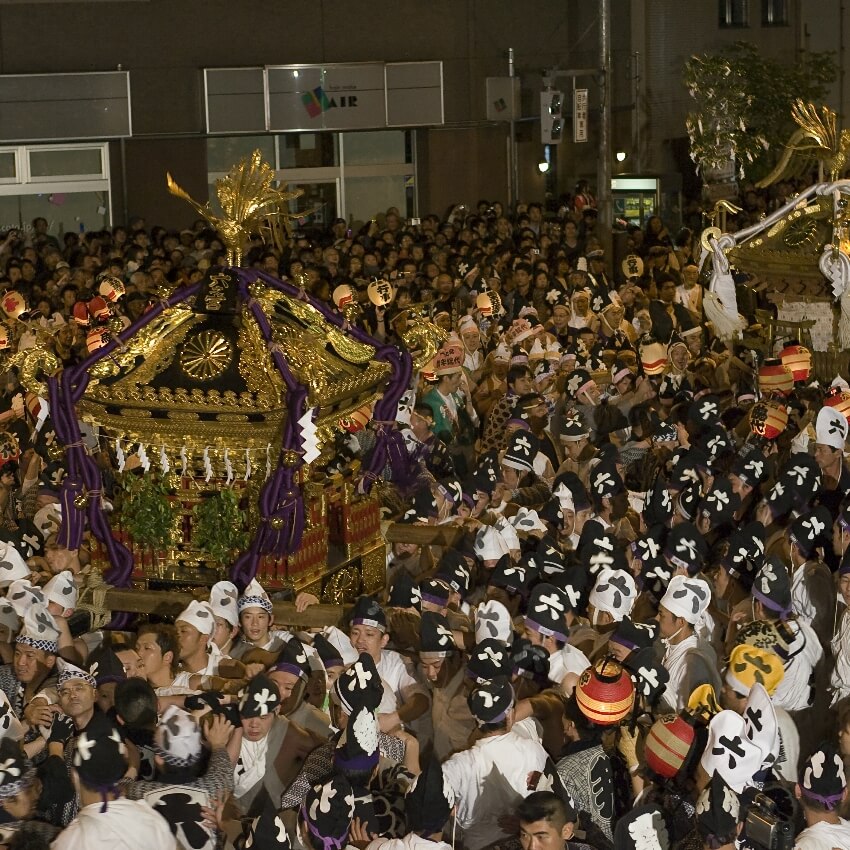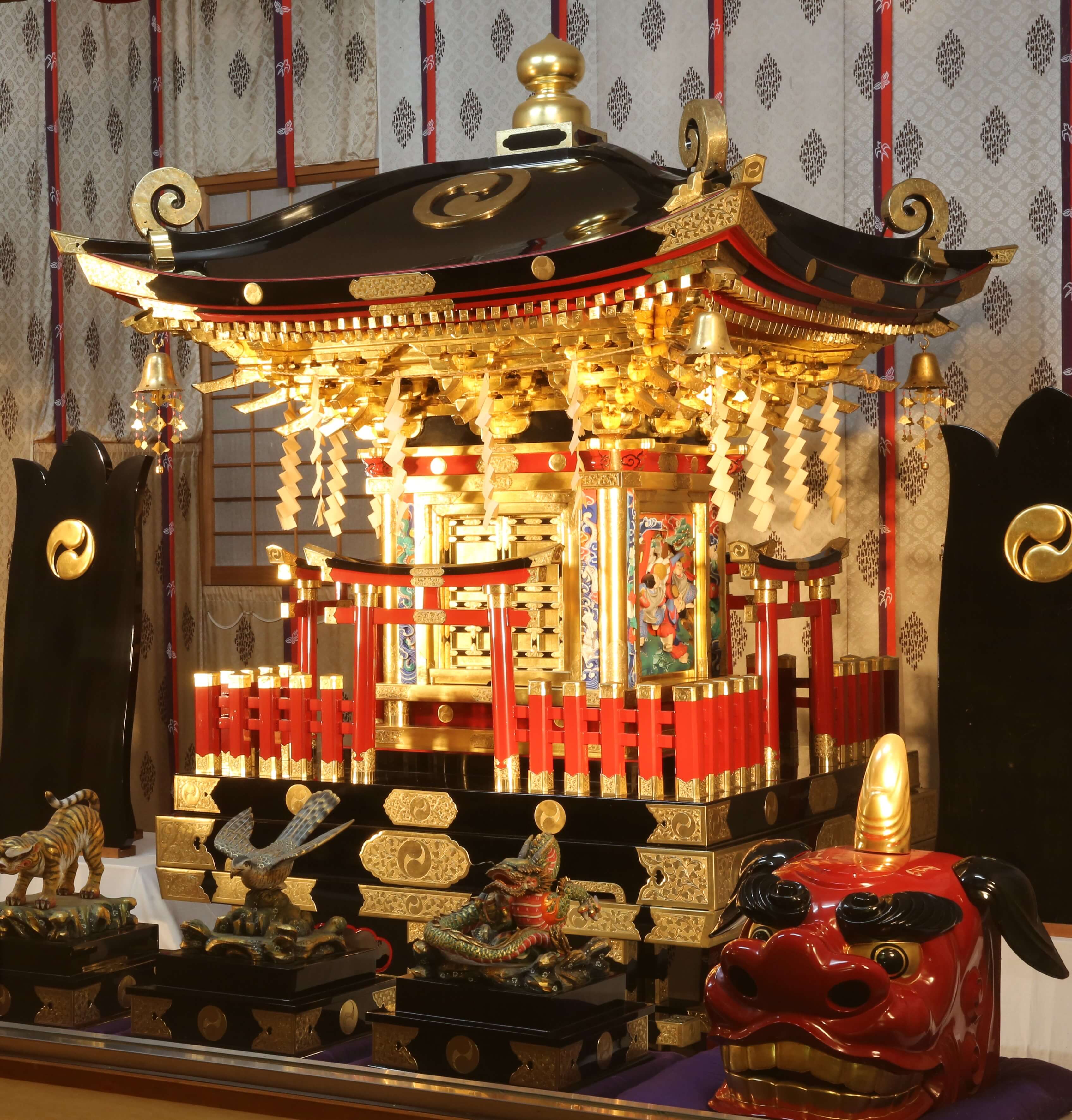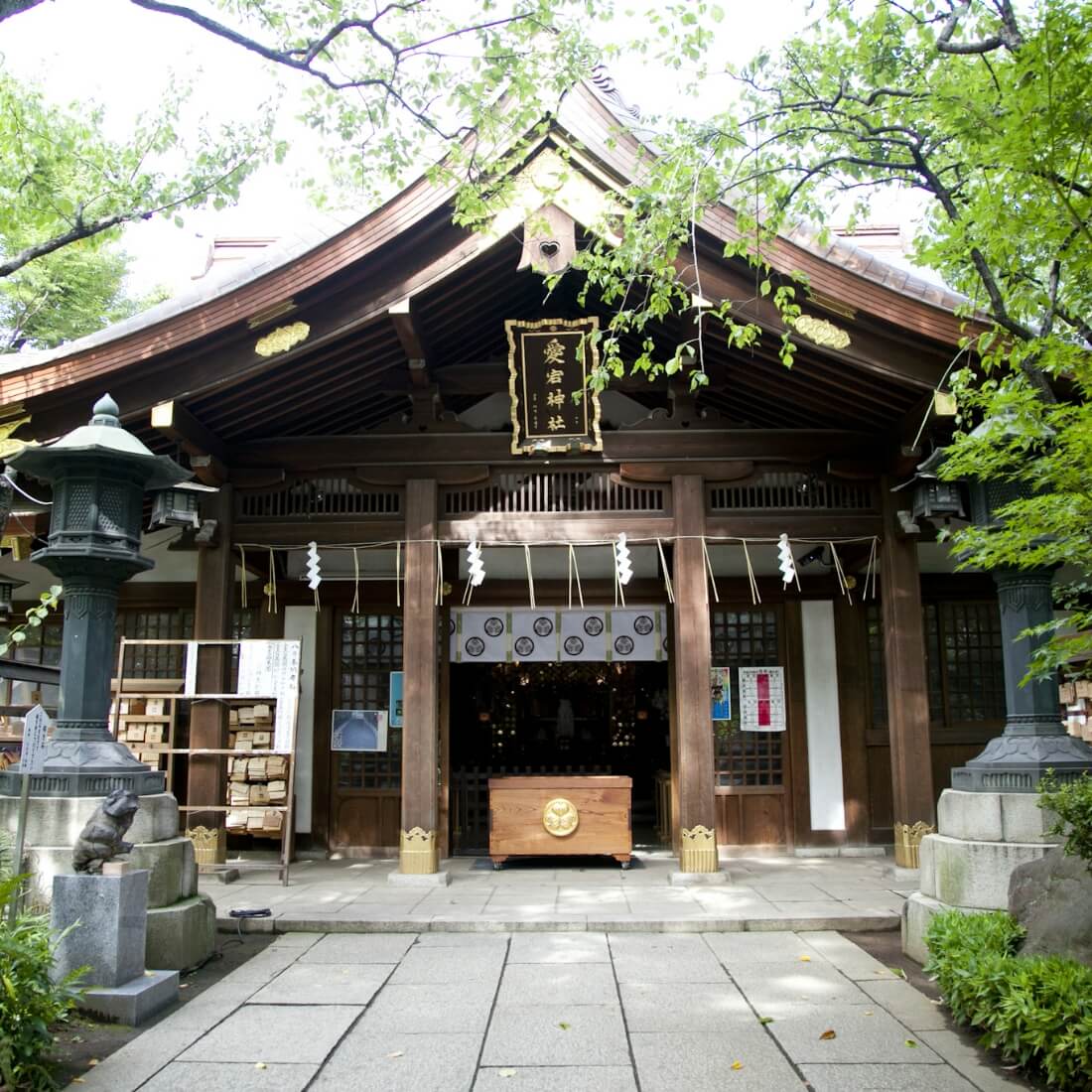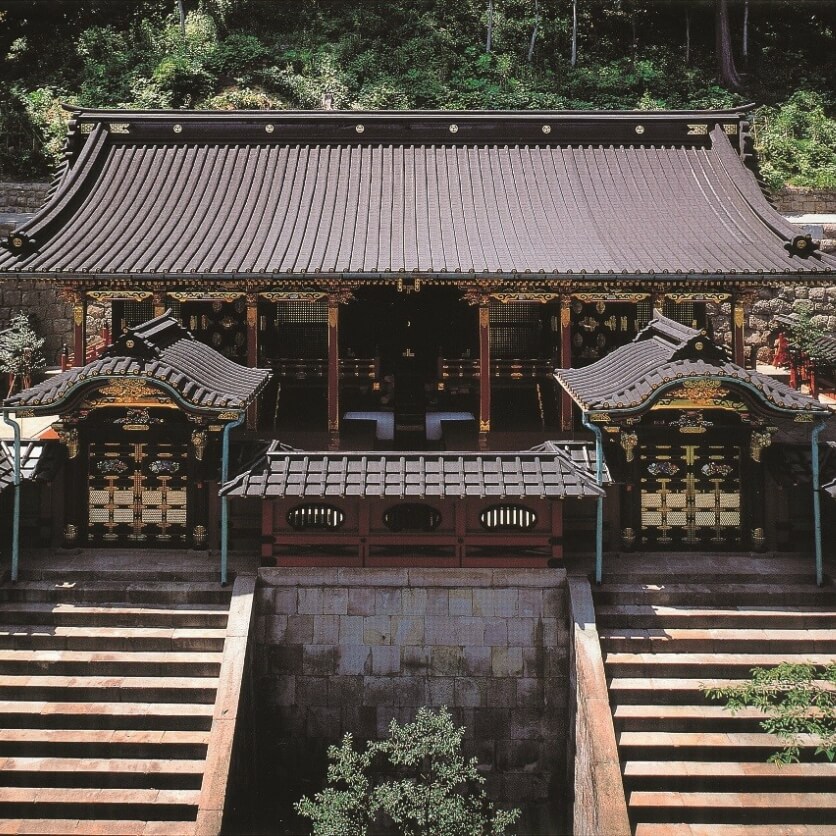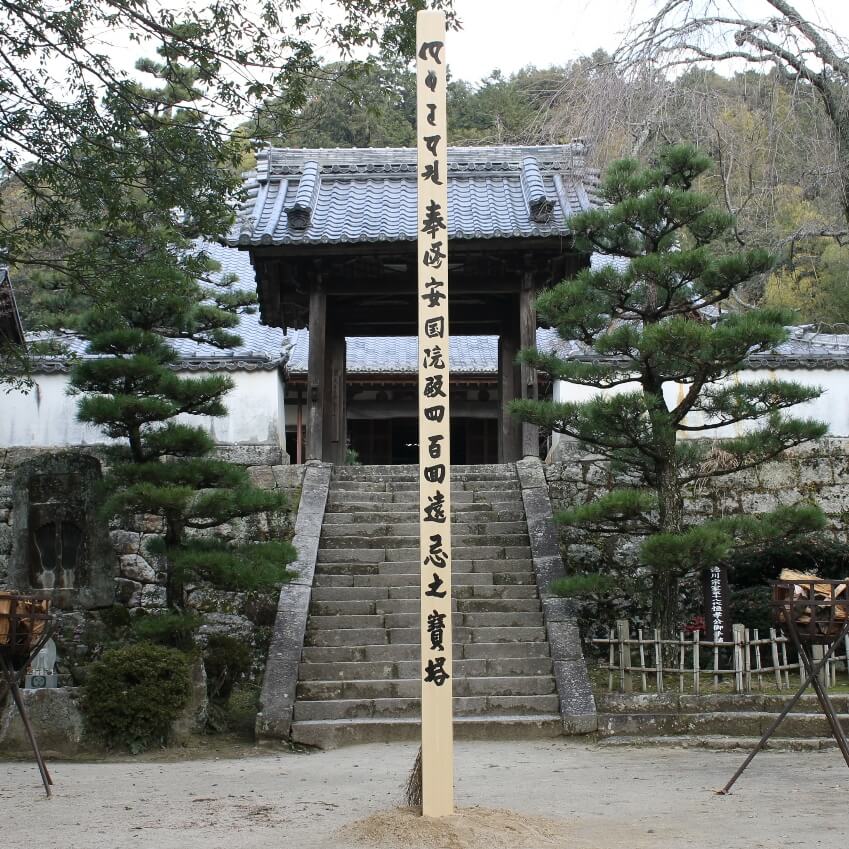This temple was built by Oda Nobuhide (father of Oda Nobunaga) as a family temple for the Oda Clan. This is the temple where Oda Nobunaga famously showed up at his father’s funeral wearing an improper costume and threw incense powder at his father’s spiritual tablet.
It is said that Toku...
